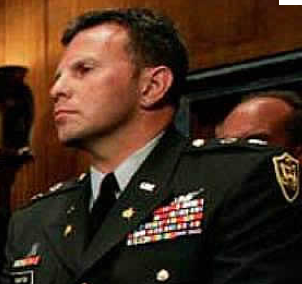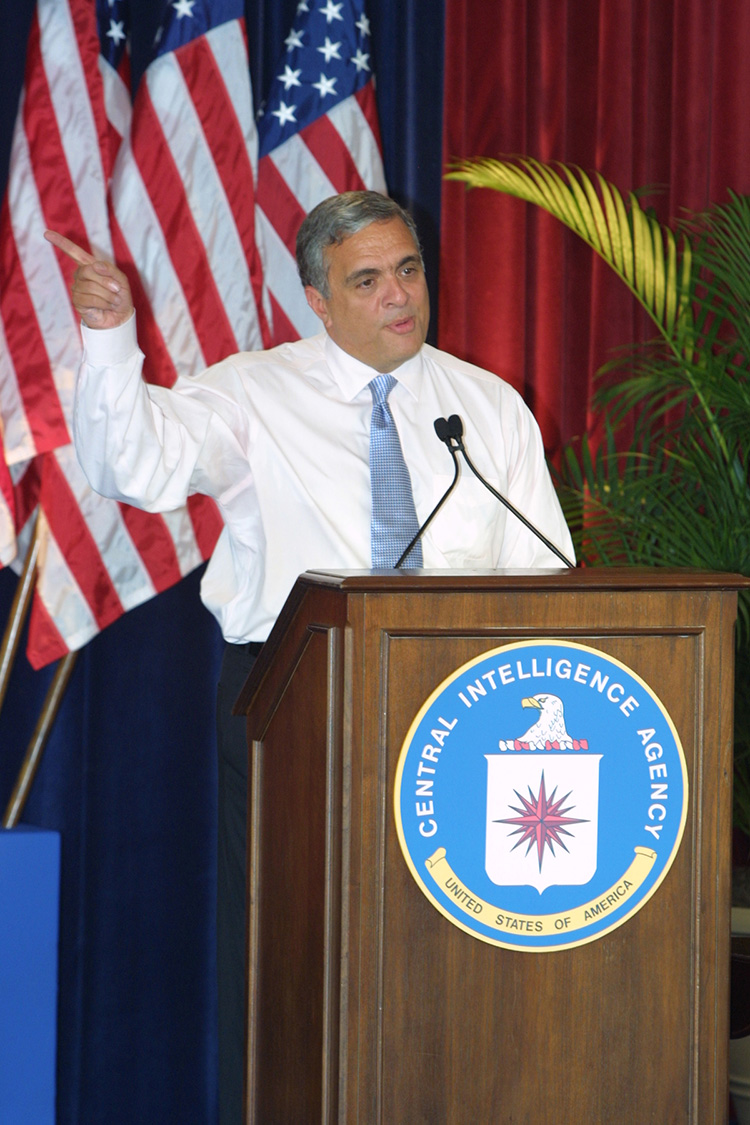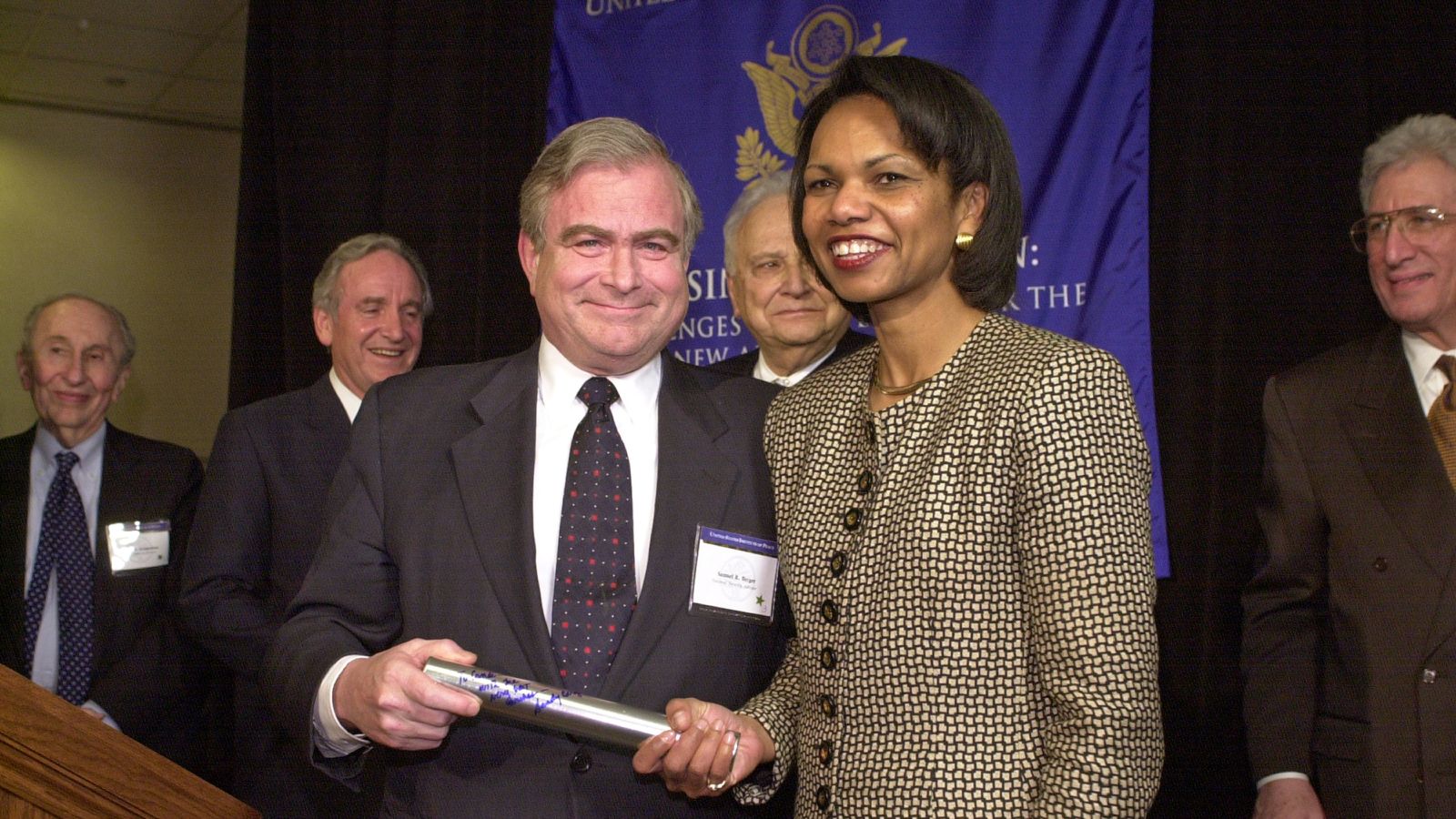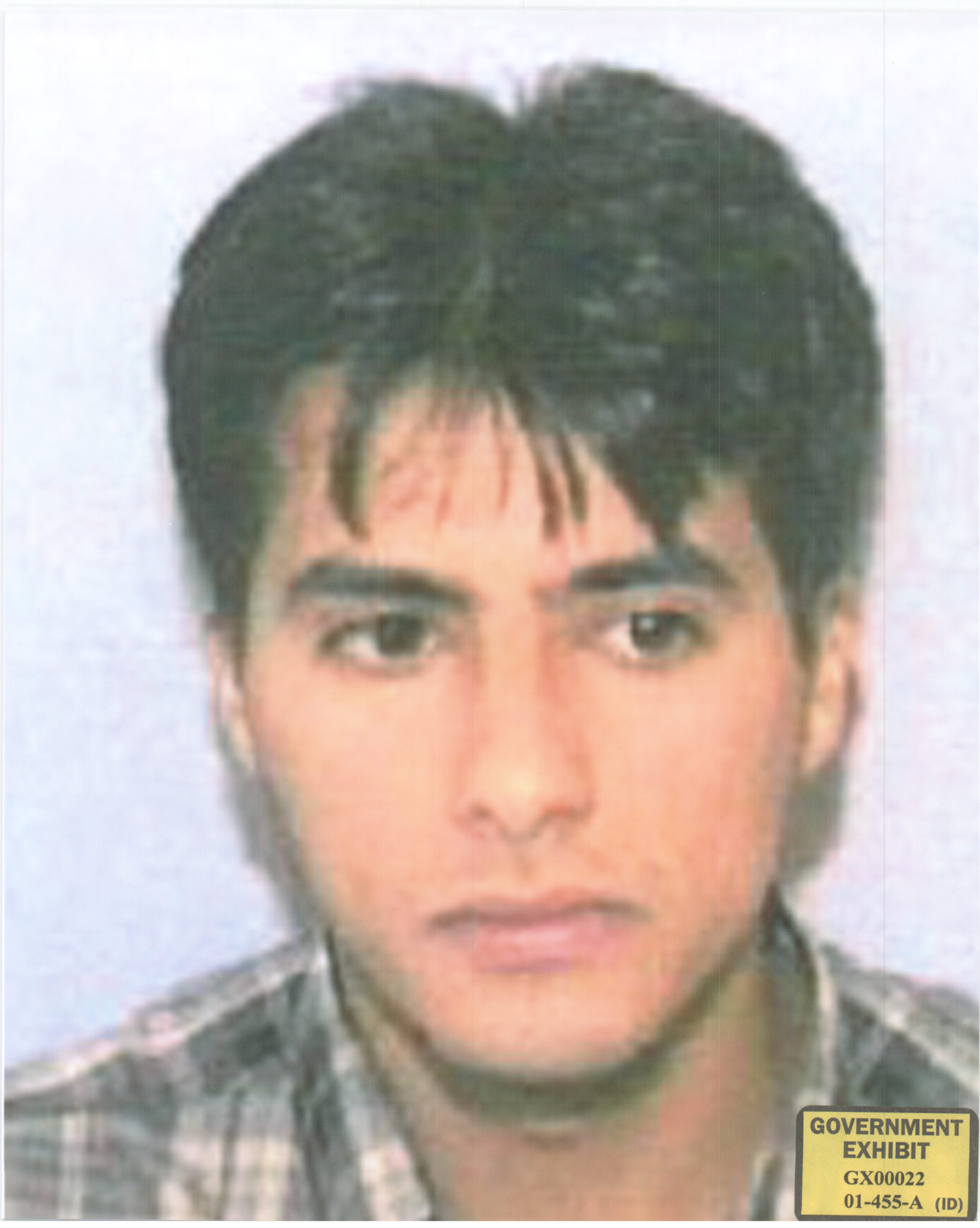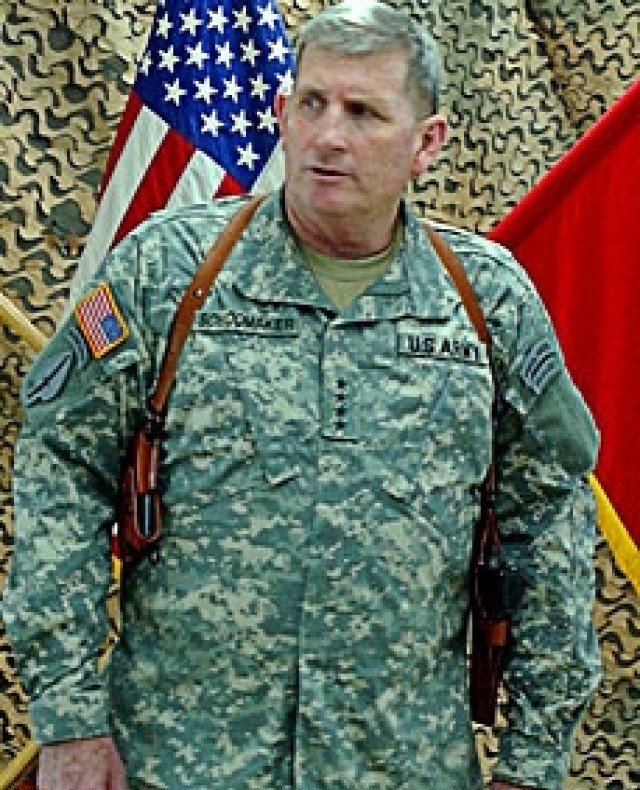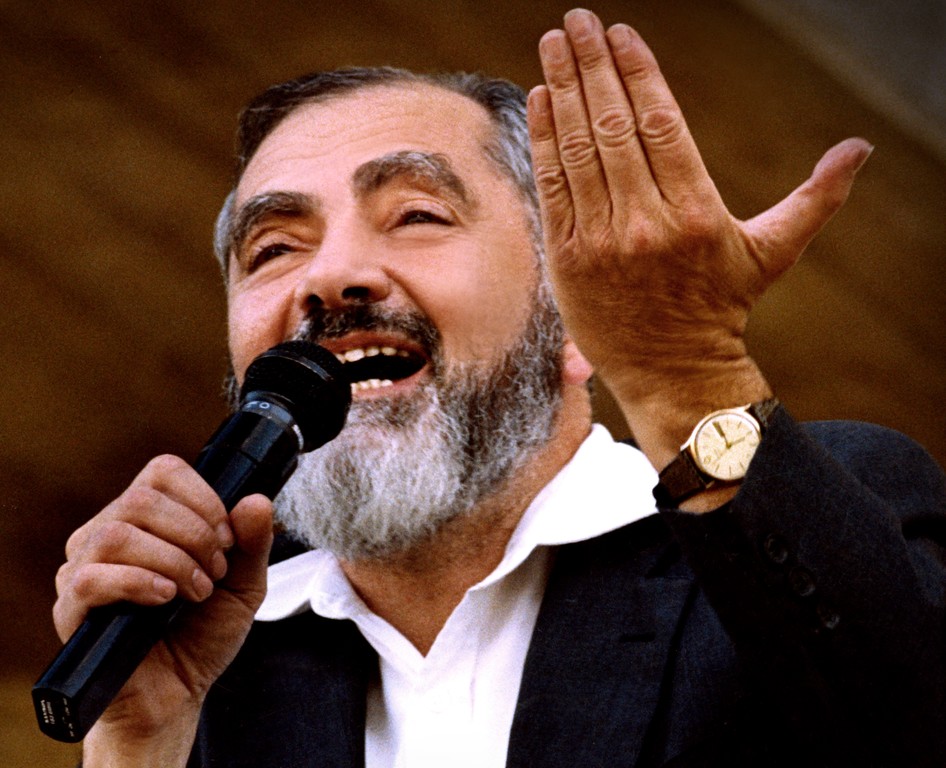
Rabbi Meir Kahane, an American-born Zionist extremist and founder of the Jewish Defense League, is assassinated at a Marriott Hotel in midtown Manhattan. It is perhaps the first case of radical Islamic terrorism on America’s shores, and certainly a precursor to all that would follow, from the 1993 attack on the World Trade Center to 9/11.
El Sayyid Nosair, an Egyptian-born American citizen, infiltrated the hotel, where Kahane was giving a speech. Others who were later involved in the February 1993 attack on the World Trade Center accompanied him or waited outside in getaway cars.
As Kahane was leaving the ballroom, Nosair shot him twice, killing him. He ran from the room, shouting “It’s Allah’s will!” At the door, a man tried to stop him and Nosair shot him in the leg and fled. Confronted by a U.S. postal police officer outside the hotel, Nosair also shot him. The officer, wearing a bulletproof vest, fired back, hitting Nosair, who was taken to Bellevue hospital.
Nosair was acquitted of the murder but convicted of lesser, related charges. When federal agents raided Nosair’s New Jersey residence after his arrest, they found many incriminating items, including a sermon by Sheikh Omar Abdel Rahman (the “Blind Sheikh”) that urged followers to attack “the edifices of capitalism.” He would be later convicted on terrorist conspiracy to life in prison. FBI investigators reportedly later found that Osama bin Laden had paid for Nosair’s defense.
